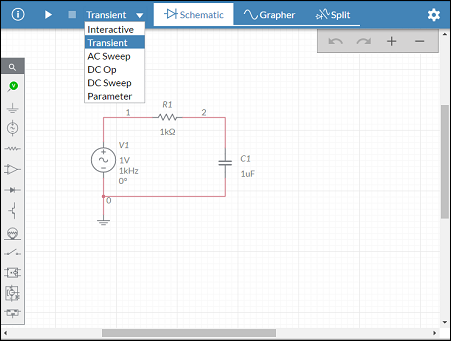
The method to investigate rotational motion in this way is called kinematics of rotational motion.

We can describe these physical situations and many others with a consistent set of rotational kinematic equations under a constant angular acceleration. On the contrary, if the angular acceleration is opposite to the angular velocity vector, its angular velocity decreases with time. For example, we saw in the preceding section that if a flywheel has an angular acceleration in the same direction as its angular velocity vector, its angular velocity increases with time and its angular displacement also increases. Using our intuition, we can begin to see how the rotational quantities slope greater than 45 degrees is defined as a vertical airway. Rotational kinematics is also a prerequisite to the discussion of rotational dynamics later in this chapter. IN ALL MODES, right mouse click will rotate the model graphics about the point of focus. Wrench will stop turning, or there will be a ratcheting noise. Rotate the nozzle turret clockwise to right stop. We can then use this simplified set of equations to describe many applications in physics and engineering where the angular acceleration of the system is constant. Using the palm of your hand, rotate the nozzle turret counter-clockwise to left stop to complete any interrupted rotation cycle (Fig.

If the angular acceleration is constant, the equations of rotational kinematics simplify, similar to the equations of linear kinematics discussed in Motion along a Straight Line and Motion in Two and Three Dimensions. This analysis forms the basis for rotational kinematics. In this section, we work with these definitions to derive relationships among these variables and use these relationships to analyze rotational motion for a rigid body about a fixed axis under a constant angular acceleration. In the preceding section, we defined the rotational variables of angular displacement, angular velocity, and angular acceleration.


 0 kommentar(er)
0 kommentar(er)
